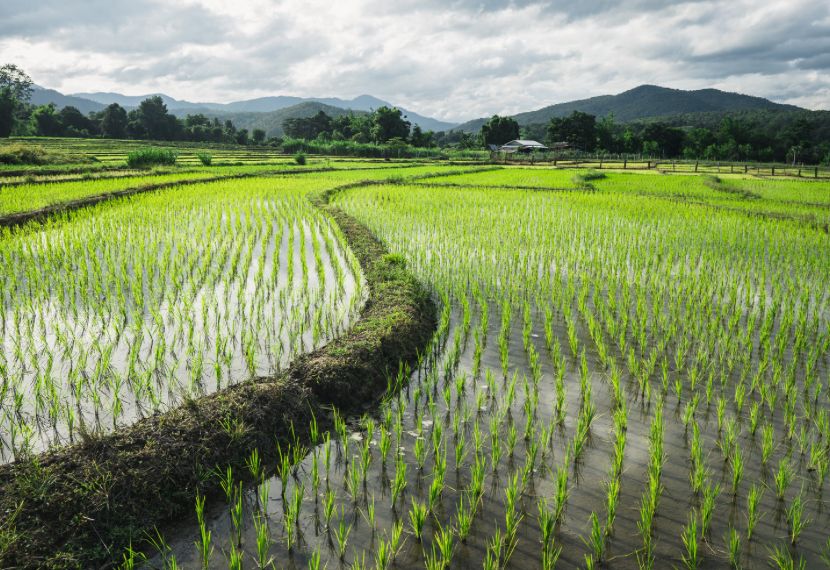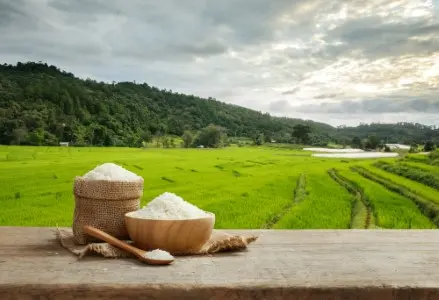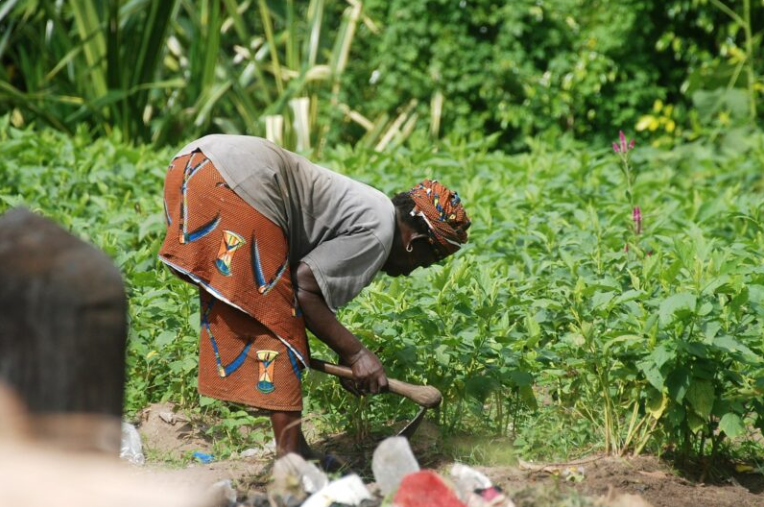Tags
China’s Agrobiodiversity: From Rice Terraces To Seed Banks – Analysis
Source: Eurasia Review.

With its extensive and diverse agroecological zones, China ranks among the 12 global hotspots for agricultural biodiversity. This richness—deeply embedded in the country’s diverse landscapes and cultures—has conventionally supported food and nutrition security for a population of over 1.4 billion. However, rapid modernisation, industrial agriculture, and climate change are now significantly pressurising China’s agrobiodiversity, making it challenging to achieve sustainable agriculture and nutrition security.
One of the most symbolic examples of China’s agrobiodiversity—developed over the past 1300 years and spread across 16,603 hectares—is the Honghe Hani rice terraces in Yunnan Province. These systems embody a sophisticated form of ecological engineering, refined over generations by the Hani people and fostered through close interaction with their environment.
The rice-fish-duck symbiosis depicted below is a circular, integrated, and time-honoured agricultural practice. In this model, rice paddies produce rice and support fish and ducks, augmenting the natural pest control and fertilisation processes. This approach reduces reliance on chemical inputs, promotes biodiversity, and offers diverse sources of food and income. Beyond their productive value, such systems also preserve local culture, foster communal labour, and uphold traditional ecological knowledge.
For China, the nutritional dimension of agrobiodiversity, including diverse crops, livestock, and microorganisms, is equally significant. In many ways, China’s Green Revolution is at the forefront of technological innovations that advance sustainable agricultural practices. Traditional, nutrient-rich crops such as barley, buckwheat, millets, oats, and sorghum—often referred to as the underutilised grain crops—have played a vital role in China’s food and nutritional security.
Agrobiodiversity also plays a central role in the seed systems that underpin agricultural resilience. China hosts one of the world’s largest and most advanced seed/germplasm collections to enhance capacity in developing new crops and food security. Community seed banks in China are complemented by efforts to maintain and circulate local landraces adapted to specific microclimates and cultural needs, thereby empowering rural communities to ensure seed and food sovereignty.
Despite its potential, China’s agrobiodiversity is under considerable threat from agricultural intensification and the genetic erosion of traditional varieties. Further urbanisation and land-use change have further encroached on biodiverse farming landscapes. The loss of traditional knowledge—accelerated by generational shifts and rural-to-urban migration—poses a critical risk of valuable ecological and agricultural insights being forgotten.
The policy landscape offers both opportunities and challenges for the conservation and utilisation of agrobiodiversity. China’s ‘Ecological Civilisation’ framework—embedded in its national development strategy—acknowledges the importance of biodiversity in promoting environmental sustainability. Programmes such as ‘Grain for Green’, restoring farmland to forest or grassland, and promoting agroecological practices in some regions, signal a shift toward more biodiversity-sensitive approaches. However, these efforts often remain fragmented and sometimes outpaced by the economic incentives favouring industrial agriculture.
A promising direction lies in integrating agrobiodiversity more explicitly into national food and nutrition security policies. For instance, public procurement schemes, school feeding programmes, and markets could be leveraged to support the cultivation and consumption of traditional and underutilised crops. Furthermore, dietary guidelines and public health messaging can promote food diversity rooted in cultural traditions. This would not only improve nutrition but also create market incentives for biodiversity-friendly agriculture.
Equally important is enhancing farmer participation in biodiversity conservation. Farmers are not just beneficiaries of technologies or policies – they are active stewards of agrobiodiversity. The ‘Seed to Table’ initiative in East China aims to promote sustainable agrifood systems and strengthen the linkage between the community and markets. Participatory plant breeding, community seed fairs, and farmer field schools are valuable platforms to co-create knowledge, strengthen seed networks, and enable the adaptive management of crop diversity. These initiatives are vital in China’s ethnic minority regions, where biodiversity and cultural heritage are tightly interwoven.
Technological innovations also offer potential to support agrobiodiversity. Mobile-based platforms can facilitate seed exchange, water management, weather forecasting, and biodiversity monitoring. Digital documentation of traditional knowledge and establishing open-source seed databases can help bridge generational divides to ensure the continuity of agricultural knowledge. However, adopting such tools must ensure equitable access, alongside prioritising the needs of smallholder and marginal farmers.
In conclusion, agrobiodiversity is not merely a relic of China’s agricultural past but a strategic asset for its future. As the country grapples with climate change, environmental degradation, and nutritional transformation, leveraging its rich biodiversity can help build a more sustainable, inclusive, and resilient food system. The landscapes, seeds, and knowledge embedded in China’s agrobiodiversity—from the terraced rice paddies of Yunnan to the cold-tolerant seed banks of Harbin—offer solutions that are local in character but global in relevance. Agrobiodiversity must be mainstreamed into sustainable food systems through integrated policy action and broad societal commitment. It is not simply insurance against future crises, but the living basis of daily food production and farming livelihoods.
https://ukragroconsult.com/en/news/chinas-agrobiodiversity-from-rice-terraces-to-seed-banks-analysis/Published Date: June 18, 2025






